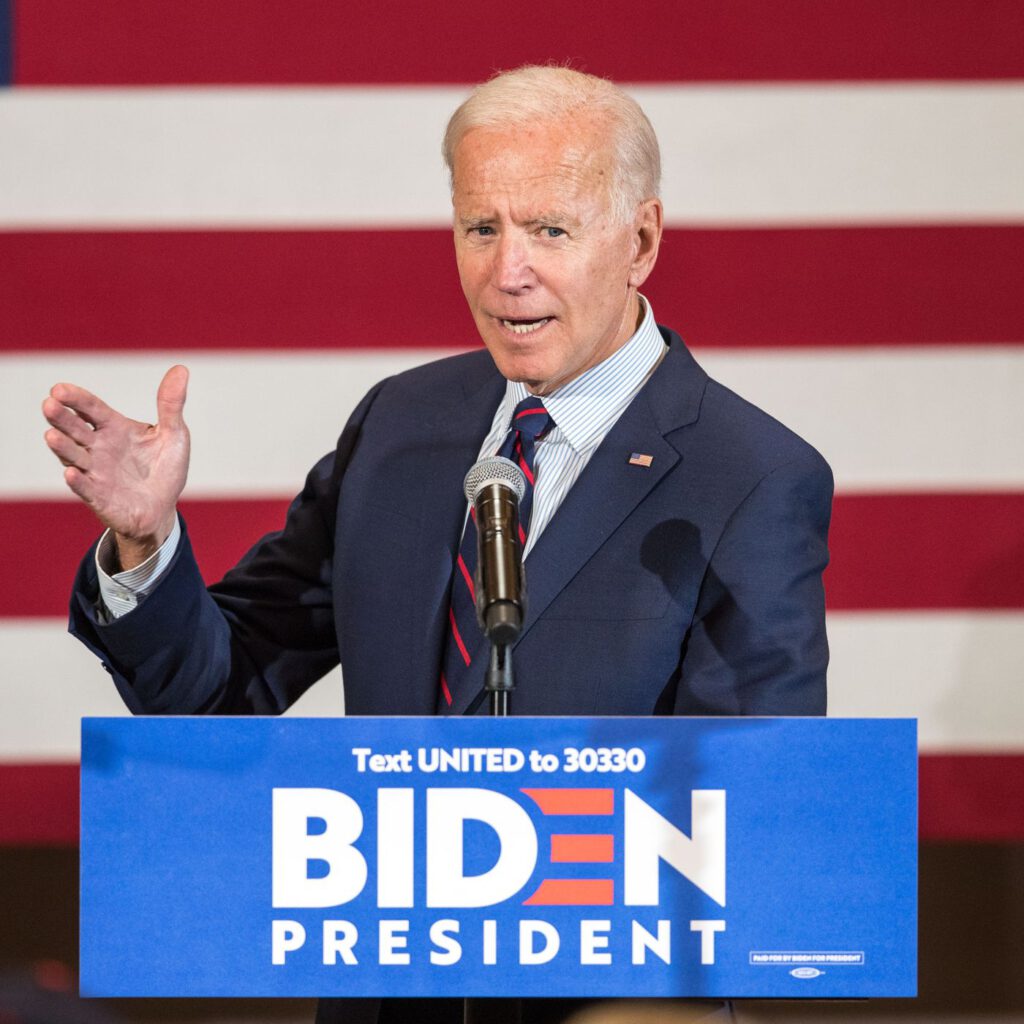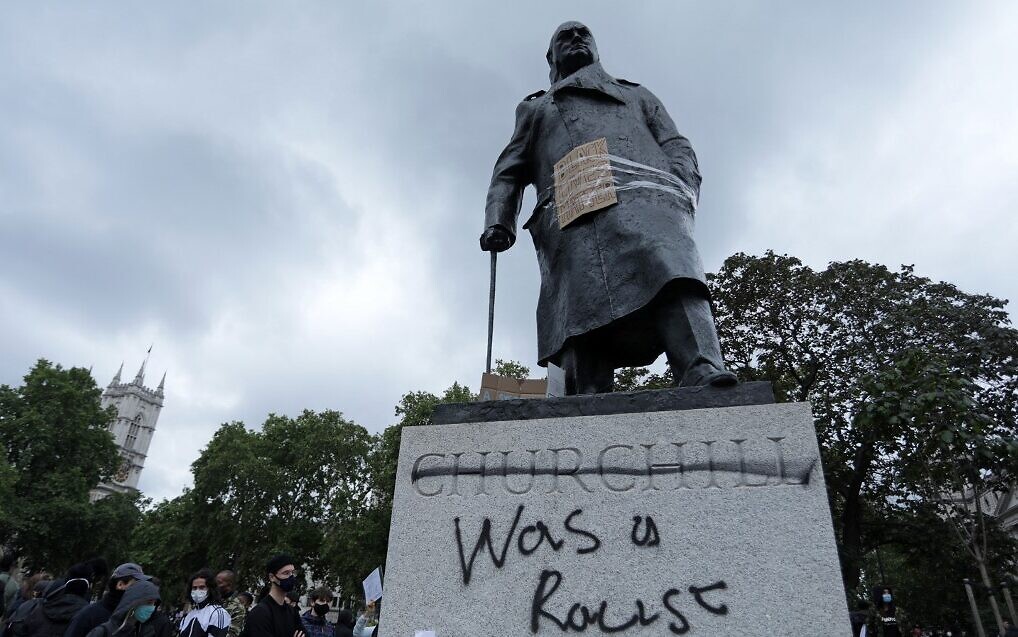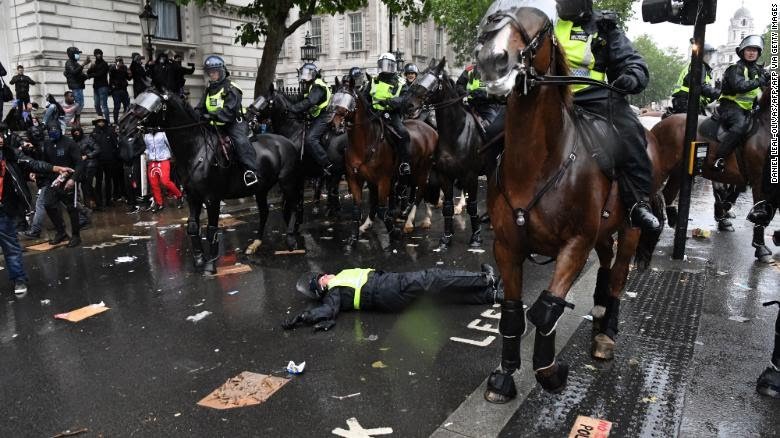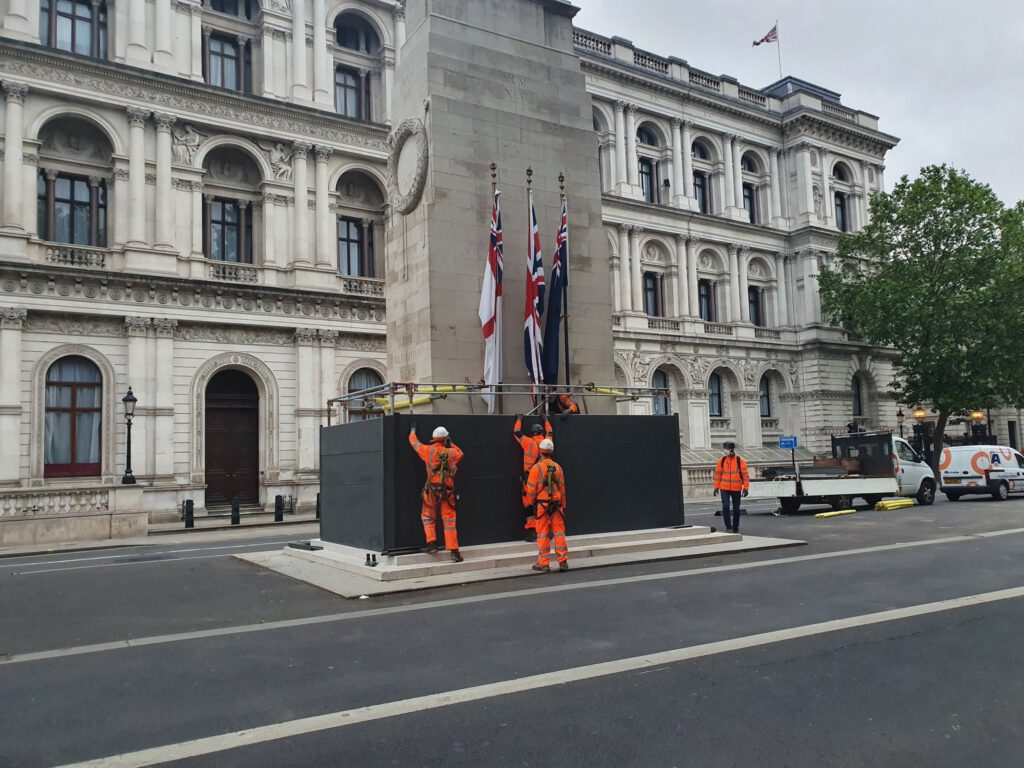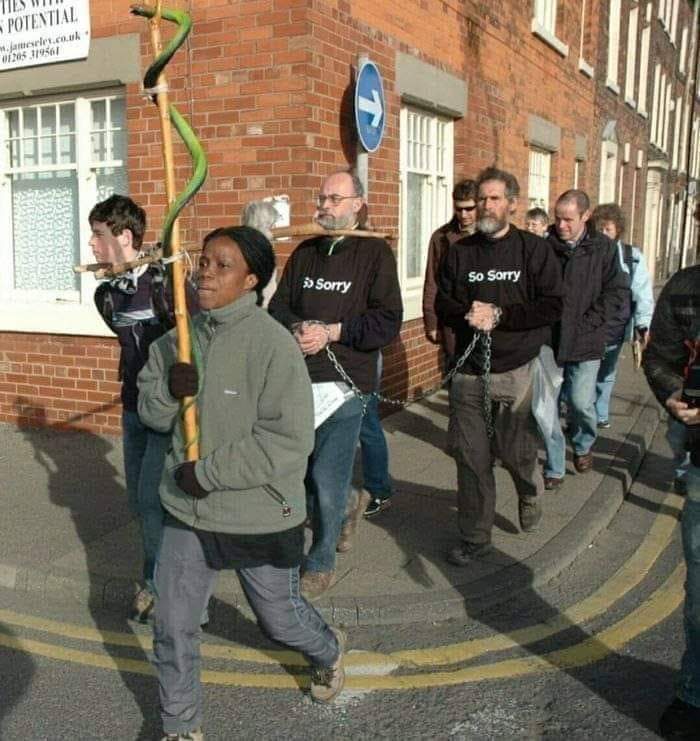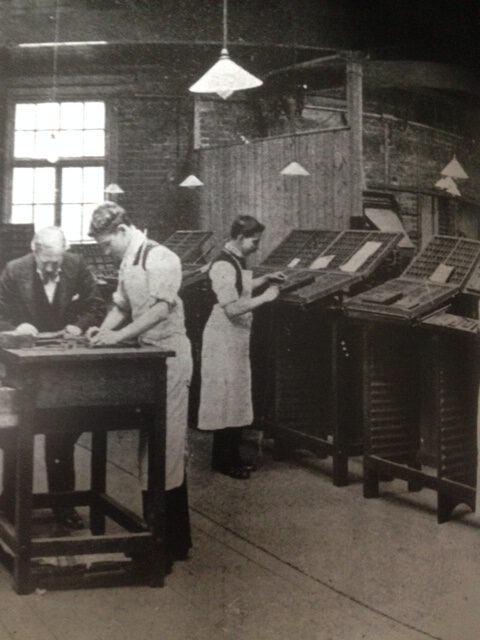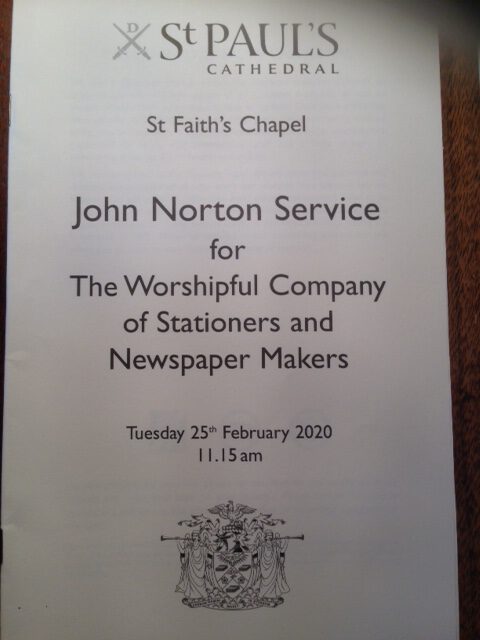Here is an account of a stay in Naples in the month of February by BCiP’s resident art critic, Michael Barker:
I decided on a winter break in February hoping for some sun and Naples did not disappoint, sunny and mild enough during the day not to need an overcoat. Arriving by EasyJet I had prebooked the entirely satisfactory and reasonably priced B & B hotel in the Piazza Garibaldi (one of a useful chain in Italy). The nearby efficient metro station served some travel though I mainly walked, the city being fairly compact.
The city is quite scruffy and its locals have loud voices. Very fond of dogs too from the many street vendors to smartly dressed women. One had to be very careful to avoid being run down by dangerously driven motor bikes and scooters. Quite a lot of graffiti was noticeable.
My first stop was the former Norman fortress of Castel Capucho with its splendid sculpted portico but alas not open to visitors. Nearby is Cintra, an engaging barber’s shop of 1894. In the Via Tribunali to visit the Pio Monte della Misericordia – its chapel with a striking Caravaggio among many religious paintings. Upstairs a large sequence of rooms displaying many paintings and furniture. The immense cathedral, the Duomo, is full of rich Baroque altars and decoration. I rather preferred the adjoining Museum of the Treasures of San Gennaro – an astonishing mixture of treasures with lots of precious stones, also pretty Renaissance chapels with frescoes and caryatids.
The Diocesan museum was firmly closed as was the Girolami church, there is much renovation going on in the city. So I visited the Palazzo Como/Museo Filangeri with steep stairs to climb – a feature of many buildings in the city. Lots of early ceramics on display as I was to find often in Naples’ museums. The church of Santa Chiara has an immense cloister with attractive 17c majolica tiles and frescoes.
Next, in a square with a pleasing 17c fountain, was the very rewarding church of Sant’Anna dei Lombardi, full of wonderful Renaissance sculptures, a high-light of the day. Adjoining is the beautiful Renaissance Pastrengo Palazzo (a former monastery) now housing the Carabiniero police hq with a bronze war memorial in its entrance colonnade. It apparently has major frescoes by Vasari inside.
Now to the Via Toledo to discover the inter-war Mussolini-era buildings, all on a grand scale. At no 28 the Instituto Nazionale delle Assicurazione of 1938 by Camino with a big bas-relief inside. In the Via Armando Diaz is a huge, quite handsome appartment block by Chiaramonte, in brick with modernist balconies. Opposite is a quite severe block, now a BNP Paris Bank branch, The Banca Nazionale del Lavoro is a huge, quite eccentric building by Armando Brazzini of 1933-8. In the Piazza Matteotti is a quite attractive building – the Provincial Admin of 1936 by Camino & Chiaramonte, with a pleasing bas-relief above its entrance. Nearby is the vast Post Office of 1936 by G Vaccaro & G Franzi with a Victory war memorial sculpture inside by Arturo Martini. On the south side of the square is the War Veterans building of 1938 by Camillo Guerra, rather shut up, on its stairs a winged angel memorial; Just to the east is the Questura police hq, rather dull.
In the Via Toledo, full of fashion shops, is the best of the Mussolini-era buildings by Piacentini, his favourite architect: the Banco de Napoli of 1939. a huge building with a big columned cente, its plainer wings with alluring figurative sculptures.
I then chanced on the Palazzo Zevallos Stigliano, a 17c building now owned by a prosperous bank who embellished it in the late 19c. An interesting exhibition devoted to David and Caravaggio and upstairs a permanent exhibition of pleasant enough paintings of Naples. That evening I discovered in the Piazza Garibaldi a decent restaurant called Ameroso for a satisfactory spaghetti carbonara, not being much of a fan of the ubiquitous pizzas and a decent Sicilian red at a mere 14€.
After an espresso in my local café, still only 50 centimes at the counter, I took the metro to visit the vast Museo Archeologico Nazionale, full of white marble Greek and Roman statuary including the famous Farnese Bull and fine Roman sarcophargus’. There were lots of frescoes and inlaid mosaic floors to admire. I then walked through the delightful Galleria Principe de Napoli of 1884 but rather deserted and passed the fine late neo-classical Teatro Bellini of 1878 by Carlo Sorgento for a so-so lunch. After the lively Piazza Bellini and the large Piazza Dante with its various churches and a statue of Dante Alighieri, I visited the San Severo Chapel, another high-light. Plain exterior but inside magnificent Baroque interiors with stunning frescoed ceilings and much sculpture. After a delicious ice-cream then a glass of wine, suddenly there was a rare down-pour, the only one during my whole week. Back to the hotel to dry-off then dined again at Ameroso for a delicious risotto ai funghi.
My next day I looked at a sophisticated building at Piazza Nolana no 9, overloking the scruffy street market. Now closed it was the Palazzo dei Telefoni of 1920 by Camillo Guerra with elegant marble elevations and elaborate wrought-iron balconies. Its main elevation has delightful figurative sculptures of Mercury and alluring females. The huge church of Santa Maria del Carmine with the tallest church tower in the city and for once non-paying entry is full of rich Baroque and Rococo decoration, its sacristy handsomely panelled in dark walnut. Outside is a typical bronze First World memorial.
A tram then took me to the Maritime Terminal a huge and wonderful Rationalist building of 1936 by Bazzini, its spare exterior with a sculpted bas relief and roundels; its clean open spaces adorned with attractive mosaic motifs in the floors and some paintings on its walls. After passing the handsome late neo-classical Teatro Mercadante of 1779 by Francesco Securo with façade sculptures, I lunched on a breaded cutlet Milanese, just about OK. In the Piazza Municipio is an equestrian statue of Victor Emanuele II, first king of an united Italy and the lovely Neptune fountain of 1600. The area is now in upheaval with archeological excavations in advance of an extended metro station designed by Alvaro Siza & Eduardo Souto de Moura. I next visited the immense mediaeval Castel Nuovo, gaunt save for its superb Renaissance entrance portal with much white marble sculpture. Not a lot to see inside, lots of religious paintings and a fairly dull collection of 19c paintings of the city.
Facing the monumental colonnaded Napoleonic square of 1809 – the Piazza del Plebiscito with its church of 1817 modelled on the Pantheon in Rome (but closed) and a fine equestrian statue of Charles III de Bourbon by Canova is the Palazzo Reale. This royal palace completed by the Bourbons has endless richly decorated furnishings, all a bit exhausting. Much more attractive was a guided tour of the Teatro San Carlo, Italy’s oldest opera house though what one sees now of its opulent interior dates from 1816 reconstruction after a fire. I looked in at the Gran Caffè Gambrinus, a venerable establishment dating from 1860, once a haunt of D’Annunzio, De Maupassant and Oscar Wilde. and admired the huge Galleria Umberto I arcade of 1890 with its lofty dome, inlaid floors and sculpted façades.
On the Friday I walked to visit the extraordinary church of San Giovanni a Carbonara, approached by a steep 18c stairway. It is full of early monumental sculpted tombs of kings and frescoes, though most are faded save for a crucifixion by Vasari. A beautiful circular Renaissance chapel with inlaid marble floors. In another chapel of 1427 lovely blue and white ceramic tiled floors. In the popular Stanita quarter are two fine palaces: Palazzo dello Spagnuolo of 1738 by Ferdinando Sanfelice with a spectacular staircase often used for filming then the Palazzo Sanfelice of 1726. There was a local carnival in progress with amateur bands and excitable children throwing confetti about. I visited the huge basilica Santa Maria della Sanita, painted in pastels shades of grey and blue with an ornamental Baroque chapel with a high altar. Not far away is an an attractive late 19c pharmacy. I took a lift to an upper level and caught a bus to visit the huge Capodimonte museum – rather spruced up since my visit in 1986. This 18c Bourbon palace has rich art and furniture and ceramic collections but first I visited a comprehensive temporary exhibition of the Spanish modernist architect Santiago Calatrava with lots of excellent models of his many bridges, stations and airports, that said lots of pretentious quotations of his egocentric pronouncements. After admiring the magnificent former ballroom and other royal interiors and the superb gallery of tapestries – notably of the Battle of Pavia – as well as a large painting by Angelica Kauffmann of the family of Ferdinand IV and a charming portrait of Princess Maria-Christine by Elisabeth Vigée Le Brun, I took the shuttle bus back to the city centre.
Walking south of the Royal Palace I discovered a handsome and restrained Mussolini-era building at Via Cesario Console 3bis – Marina Militare – its Circulo Ufficiali. Along the seafront a series of grand buildings, views of Vesuvius, and a severe statue of King Umberto I in the uniform of an Italian general. Then the splendid Fontana dell’Immacolatella, an early 17c giant arch flanked by caryatids, moved here from its original site. Pietro Bernini, father of his more famous son was one of its sculptors. Then in the Via Partenope some posh hotels, the Excelsior and the Vesuvio, its smart façade looks 1950s but in fact not by Gio Ponti, the Royal Continental nearby however is by Gio Ponti of 1960 and apparently retains some first floor rooms with his original furnishings The Norman mediaeval castle: Castel-Ovo has not much open so I don’t bother. I caught a bus back to my hotel, a mistake as it was rush-hour and took ages. to arrive.
The following day by metro to Vanvitelli, a prosperous western residential suburb. The Villa Floridiana park was closed because of winter gales. However the Museo Duca del Martina was open and a very rewarding place, housed in an agreeable 18c palace with attractive rooms with original decoration and furniture and again with lots of ceramics, including some extraordinary contemporary works.
Terrific views on its heights towards the sea.
Perforce to take the funicular down to Piazza Amedeo. Here is the Villa Maria of 1901 by Venetian architect Angelo Treliban, built as the Hotel Eden for rich foreign visitors, its colourful ceramic façade in an eccentric Art Nouveau i.e. Liberty style. The church of Santa Teresa a Chiaia with its lively and unusual Baroque façade was closed. I had a decent omelette for lunch in the smart Bistro Barguiela then to see a Miro exhibition in the Palazzo dei Arti in a dull 18c palace. No surprises as I have already seen much Miro in Barcelona and Mallorca. The Via dei Mille is full of fashion shops and Eclectic buildings: the Palazzo Leonetti of 1908 by Giulio Ulisse Arata, its façade of much dark red ceramic decoration. By him also the Palazzo Mannajuolo of 1909 at no 36 Via Filangeri, its dramatic oval staircase rising high. In the Piazza dei Martiri is the monument to Neapolitan martyrs opposing the Bourbons – a column surmounted by a winged female with fierce lions at its base. It stands in front of the handsome 18c Palazzo Calabritto designed by Luigi Vanvitelli.
The Villa Communale is a linear garden stretching along the seafront, a play-ground for families. Lots of sculptures, many in not good condition except for the handsome tall stone monument of 1936 to Armando Diaz, world war hero who became the Duca de la Victorio. An equestrian statue and bas reliefs below of fighting soldiers. Excellent period lettering. I visited the Museo Pignatelli, housed in a smart white Grecian villa of 1826 built for British diplomat Sir Ferdinand Acton. Full of good furniture and inevitably ceramics. Upstairs his splendid bathroom with an ornate marble tub.
Thanks to disruption caused by roadworks I alas missed the Sirene fountain in the Piazza Sannazzaro. I then looked at the huge neo-Baroque station: Stazione Mergellina.
I dined at the
vaunted Ristorante Mimi alla Ferrovia but it was hardly worth the effort. On
the TV I watched for the umpteenth time the Hitchcock film ‘To Catch a Thief’ with
Grace Kelly and Cary Grant.
On Sunday I took the metro to look at the Cardarelli Hospital and eventually found the original Mussolini-era building a huge neo-classical work of 1934 (dated also by the Fascist calendar: XII EF)with tall ceilings and simple interiors. Back to Vanvitelli and after a so-so pasta to the enormous medieval Castello Sant’Elmo – the best thing its entrance with a splendid monument of 1538 to Carlo V with its double-headed eagle. A long and tiring walk up its ramp to the upper terrace with views over the city. A gallery has quite decent paintings of 1910-1980 by local artists.
Much more rewarding was the Certosa & Museo San Martino. Inevitably lots of religious paintings, splendid royal carriages and barges and a stunning collection of Nativity cribs. Its very fine church is full of frescoes and paintings. The enormous Renaissance cloister is particularly beautiful.
A trip then out to look at Mussolin’s ill-fated exhibition ground Mostra d’Oltremare of 1940 but all closed up and little to see. I dined at the vaunted Ristorante Ieri, Oggi e Domani. used in De Sica’s film of 1963 with Sophia Loren and Mastroianni. But now tarted up and the food disappointing too.
On my last day I got into the splendid church of Gesu Nuovo with its extraordinary diamond-pointed façade. Nearby is the Palazzo Pignatelli with an impressive entrance portal. It seems Edgar Degas was a guest. I took the Metro Toledo with its marvellous mosaics by South African artist William Kentridge and then to the airport to fly back to Paris.
To facilitate my stay I used the Lonely Planet Guide and the Cartoville. I should have got the DK Eyewitness guide.
If you follow my
itineraries you will get the best of the city but may have better luck with
restaurants.
One Rationalist building I missed was in the Piazza Duca degli Abruzzi – the fish market of 1929-30 by Luigi Consenza. And I also missed the Teatro Augusteo of 1929 by Pier Luigi Nervi in the Piazza Duca d’Aosta, just near the Galleria Umberto I.
Michael Barker
February 2020
